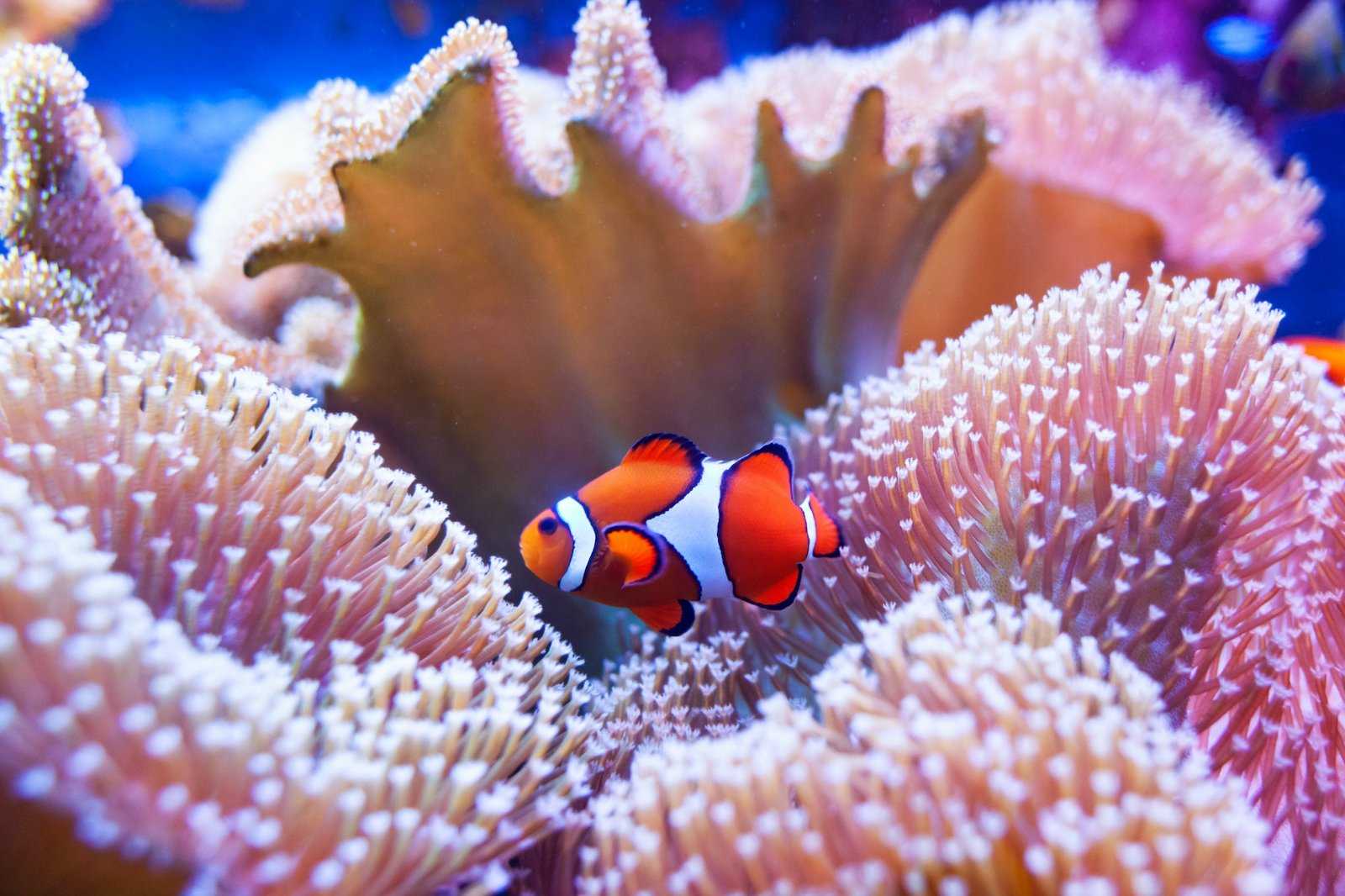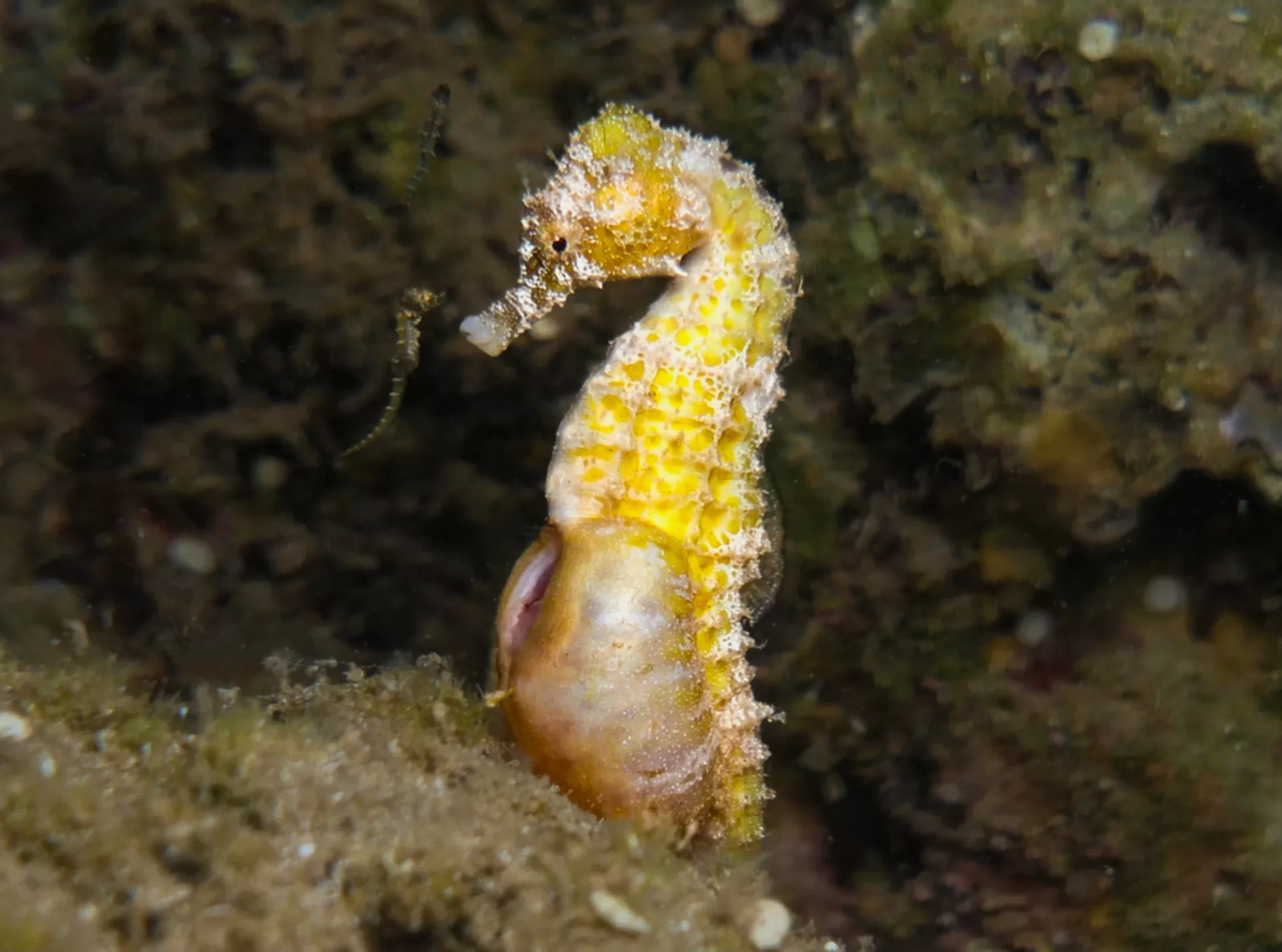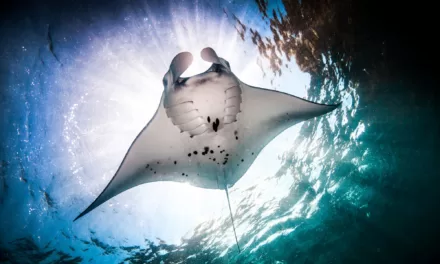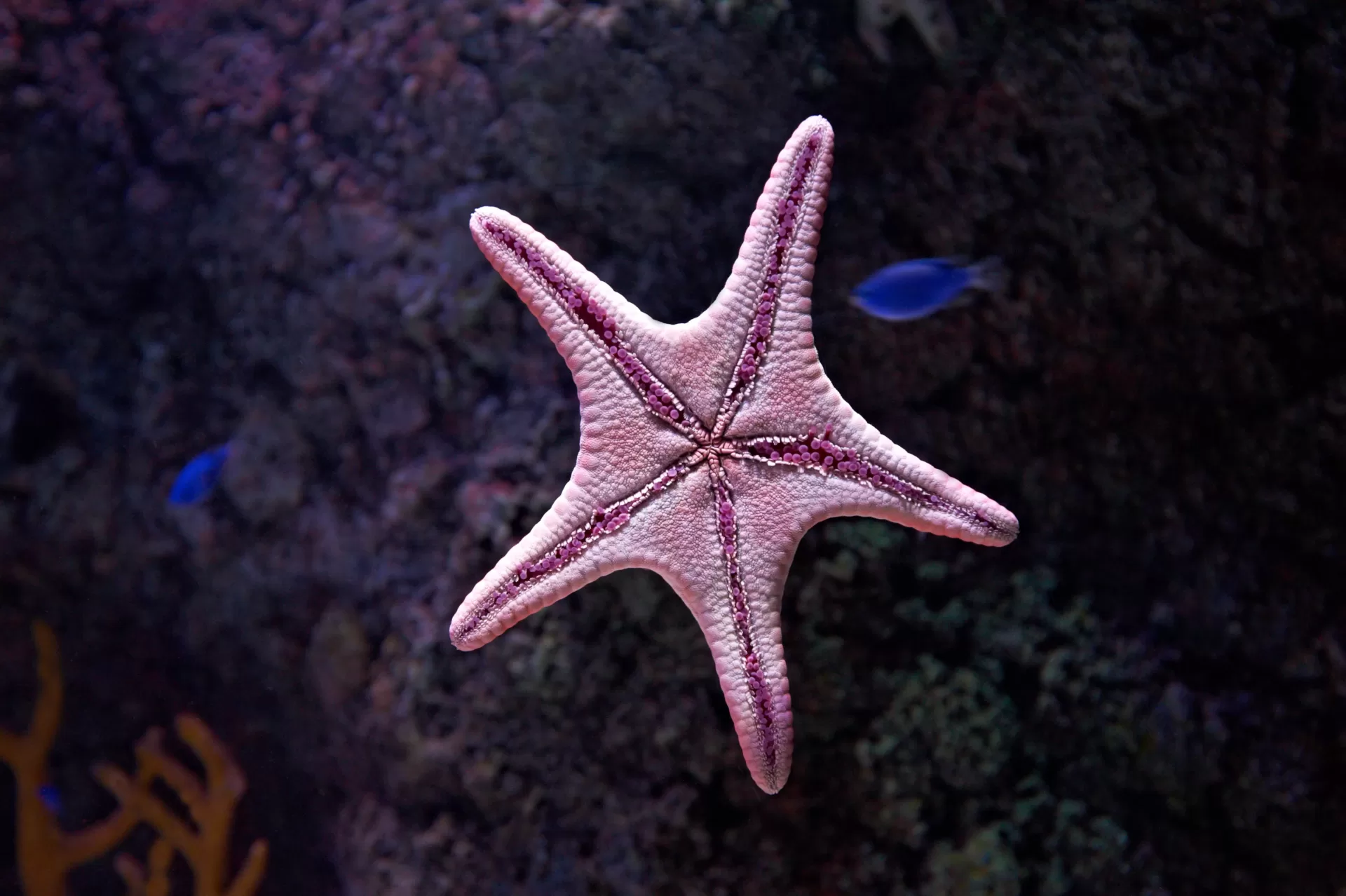Clownfish (Subfamily: Amphiprioninae) have captivated both the scientific community and the general public due to their vivid coloration, unique symbiotic relationships, and intricate social structure. Native primarily to warm, shallow waters of the Indo-Pacific region, clownfish play a vital role in marine ecosystems.
Taxonomy and Morphology
Clownfish belong to the subfamily Amphiprioninae, within the family Pomacentridae. The subfamily comprises 30 species distributed across two genera, Amphiprion and Premnas. Morphologically, they are generally small and laterally compressed, with sizes ranging from 3 to 7 inches. The fish are most commonly recognized for their vibrant color schemes, typically featuring a base color of orange, yellow, or black, with contrasting vertical white bands.
Taxonomy and Species Overview
The subfamily Amphiprioninae comprises 30 species that are categorized into two distinct genera: Amphiprion and Premnas. Here are the species categorized by their genera:
Amphiprion Genus:
- Amphiprion akallopisos: Skunk clownfish
- Amphiprion akindynos: Barrier Reef anemonefish
- Amphiprion barberi: Fiji anemonefish
- Amphiprion bicinctus: Red Sea anemonefish
- Amphiprion chagosensis: Chagos anemonefish
- Amphiprion chrysopterus: Orange-fin anemonefish
- Amphiprion clarkii: Clark’s anemonefish
- Amphiprion ephippium: Red saddleback anemonefish
- Amphiprion frenatus: Tomato clownfish
- Amphiprion fuscocaudatus: Seychelles anemonefish
- Amphiprion latezonatus: Wide-band anemonefish
- Amphiprion latifasciatus: Madagascar anemonefish
- Amphiprion leucokranos: White-bonnet anemonefish
- Amphiprion mccullochi: Whitesnout anemonefish
- Amphiprion melanopus: Red and black anemonefish
- Amphiprion nigripes: Maldive anemonefish
- Amphiprion ocellaris: Common clownfish
- Amphiprion omanensis: Oman anemonefish
- Amphiprion pacificus: Pacific anemonefish
- Amphiprion percula: Orange clownfish
- Amphiprion perideraion: Pink skunk clownfish
- Amphiprion polymnus: Saddleback clownfish
- Amphiprion rubrocinctus: Australian anemonefish
- Amphiprion sandaracinos: Orange skunk clownfish
- Amphiprion sebae: Sebae clownfish
- Amphiprion thiellei: Thielle’s anemonefish
- Amphiprion tricinctus: Three-band anemonefish
Premnas Genus:
- Premnas biaculeatus: Spine-cheeked anemonefish
Symbiosis with Sea Anemones
One of the defining characteristics of clownfish is their mutualistic relationship with sea anemones. This association is known as protocooperation, where both species benefit. The clownfish receive protection from predators due to the anemone’s stinging cells, called nematocysts, while the anemone gains nutrients from the waste and food scraps of the clownfish.
Physiology: Immunity to Anemone Stings
A remarkable physiological adaptation of clownfish is their immunity to sea anemone stings. The clownfish’s skin is coated with a mucus layer rich in specific glycoproteins, which suppresses the firing of the anemone’s nematocysts, thus preventing stinging.
Clownfish Size
In the world of marine fauna, clownfish are modestly sized but incredibly fascinating creatures. Generally, their adult size ranges from a petite 3.9 inches (about 10 cm) to a more robust 7.1 inches (approximately 18 cm), depending on the species. For example, the commonly observed Common Clownfish (Amphiprion ocellaris) typically reaches an adult size of around 4.3 inches (11 cm). In contrast, the Maroon Clownfish (Premnas biaculeatus), known for its larger frame, can stretch up to 6 inches (15 cm) or more. This manageable size makes clownfish well-suited for a symbiotic life with sea anemones, turning them into perfect tenants in these natural marine sanctuaries.
Behavior and Social Structure
Clownfish exhibit a sequential hermaphroditic social structure. This means all individuals initially develop as males and have the ability to transition to females when the dominant female of the group dies. Their societies are hierarchical, with the most dominant female at the top.
Reproduction
Reproductive cycles are closely related to lunar cycles, with spawning typically occurring around the full moon. Eggs are laid on flat surfaces close to the host anemone and are guarded by the male until they hatch, usually within 6 to 10 days.
Conservation Status
While clownfish are not currently listed as endangered, they are susceptible to threats like habitat loss and over-collection for the aquarium trade. Conservation measures, such as sustainable fishery practices and marine protected areas, are imperative for their long-term survival.
Frequently Asked Questions (FAQs)
- What do clownfish eat?
- Clownfish are omnivorous, feeding on small zooplankton, algae, and the leftovers from the meals of their host anemone.
- How do clownfish communicate?
- They employ a combination of visual signals and acoustic cues, such as chirping and popping sounds, to communicate with each other.
- Where do clownfish live?
- They are primarily found in the coral reefs and lagoons of the Indo-Pacific region.
- Are clownfish territorial?
- Yes, clownfish are highly territorial and defend their host anemone vigorously against intruders.
- Can clownfish live without anemones?
- While it’s possible for clownfish to survive without anemones, they are more vulnerable to predators and face greater challenges in finding food.
- What are the primary distinguishing features among clownfish species?
- The primary differences among species lie in coloration patterns, size, and regional distribution.
- How do clownfish species vary in their relationship with host anemones?
- Different species may prefer different types of sea anemones, although some species are less selective than others.
- What is the primary difference between the Amphiprion and Premnas genera?
- The Premnas genus is distinguished by a spine on the cheek, which is absent in the Amphiprion genus.
- Are all clownfish species found in the Indo-Pacific region?
- While the majority are native to the Indo-Pacific, some species inhabit specific geographical regions, such as the Red Sea or the waters around Australia.
- How do I identify clownfish species in the wild?
- Identification primarily relies on observing color patterns, fin shapes, and, in some cases, specific anatomical features like cheek spines.
Clownfish are a multifaceted species whose unique physiological and behavioral traits offer valuable insights into marine symbiotic relationships and social structures. Ongoing research continues to uncover even more intriguing aspects of this fascinating fish, enhancing our collective knowledge of marine biodiversity.




